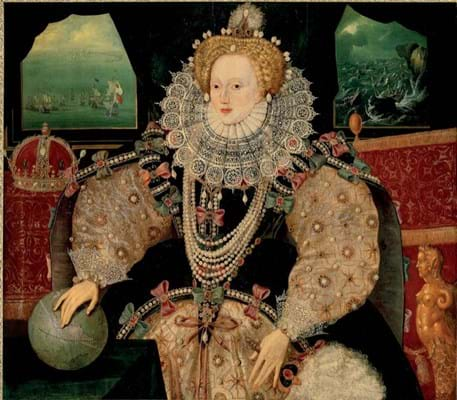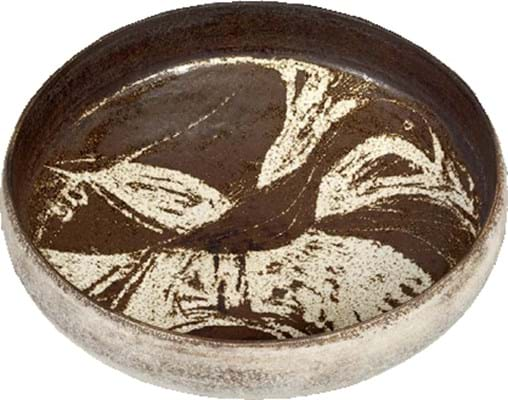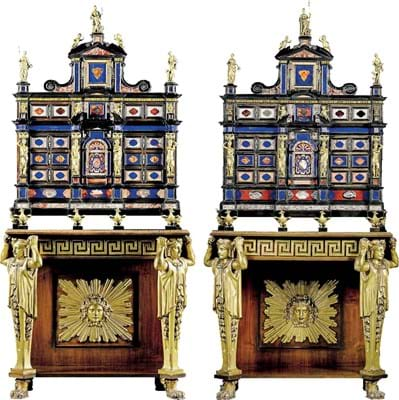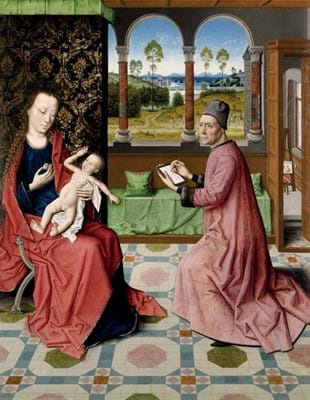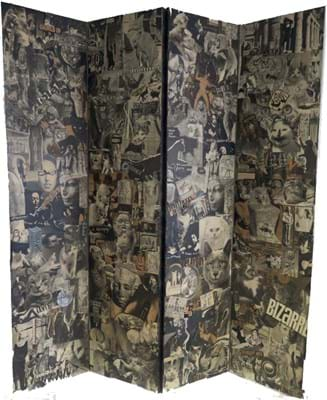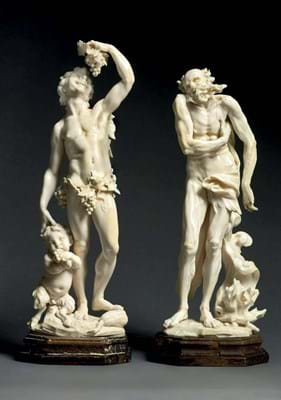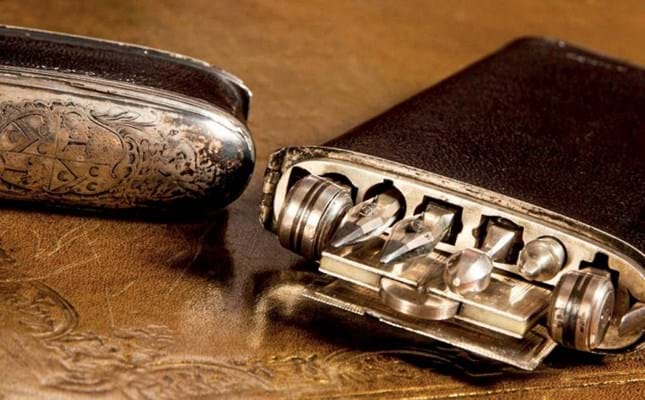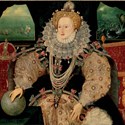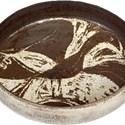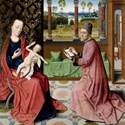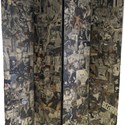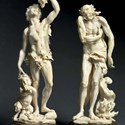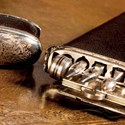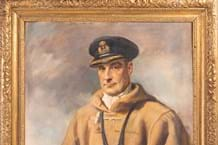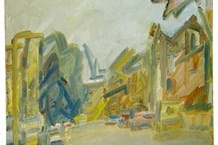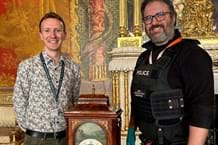Armada Portrait of Queen Elizabeth 1
What is it?
A late 16th century, large-scale, horizontal-format version of the so-called Armada Portrait of Queen Elizabeth I. These Tudor ‘English school’ portraits were commissioned to commemorate the events of 1588 and are packed with symbolism. This example is thought to have belonged to Sir Francis Drake, having been in the possession of his descendants since at least 1775.
Who bought it?
The Royal Museums in Greenwich. Unusually, the RMG launched the fundraising campaign to find the £10m asking price to save this painting for the nation before it went on the open market or was the subject of an export licence application.
Why there?
Billed by RMG director Kevin Fewster as “a once-in-a-lifetime opportunity to acquire this remarkable portrait of Elizabeth I”, the museum wanted to display the portrait in the Queen’s House in Greenwich where Elizabeth I was born. The oil on panel was also in fragile condition and the museum said the acquisition would “allow it to benefit from the museum’s conservation expertise”.
How was the purchase funded?
Through a public appeal which raised £1.5m (plus various other donors); £7.5m from the Heritage Lottery Fund; £1m from the Art Fund and £400,000 from the museum.
Hans Coper bowl
What is it?
A bowl made by Hans Coper in 1955, an example of the studio potter’s early figuratively decorated work. It was created in the London studio he shared with fellow potter Lucie Rie.
Who bought it?
The Victoria and Albert Museum in memory of the journalist Annabel Freyberg. The bowl was sold at a Phillips auction in 2014 and was then the subject of an export ban. The asking price was £92,291.
Why there?
Coper’s early work is rare in public collections but the V&A has collected his ceramics since 1951 and have 12 other pieces tracing his career. It is on display in the museum’s ceramics gallery close to Coper’s own potter’s wheel on which it was thrown.
How was the purchase funded?
By the V&A with contributions from Freyberg’s friends and the museum itself.
17th century Roman pietre dure cabinets
What are they?
A pair of early 17th century Roman pietre dure cabinets on later stands made for the Borghese family, probably purchased by Henry Howard, 4th Earl of Carlisle, when on his Grand Tour in the 18th century.
Who bought them?
The Fitzwilliam Museum, Cambridge. Sold for £1.27m, including premium, at Sotheby’s in July 2015, the cabinets were the subject of an export ban and were acquired by the museum this year.
Why are they worth saving?
“These two magnificent ebony cabinets veneered with hardstones and mounted in gilt bronze, on neoclassical Kent revival stands, made for the picture gallery at Castle Howard, represent the high watermark of the British taste for Italian princely furniture,” said Christopher Rowell of the reviewing committee. “With the exception of the National Trust’s cabinet at Stourhead, these are the most significant Roman cabinets of this type in Britain.”
How was the purchase funded?
With £700,000 from the National Heritage Memorial Fund; £200,000 from the Art Fund plus other grants and benefactors.
Oil on panel of the Virgin and Child with Saint Luke
What is it?
A Netherlandish oil on panel painting of the Virgin and Child with Saint Luke from the workshop of Dieric Bouts (c.1415-75).
Who bought it?
The Bowes Museum in Northumberland. Sold from the collection at Penryn Castle in 2015, it had been the subject of an export stop. The painting will also be loaned to York Art Gallery and the Bristol Museum and Art Gallery.
Why is it important?
Lowell Libson, member of the reviewing committee, said of the work: “This painting includes not only a painter making a drawing – a study from life – but also a delightful passage which reveals a tantalising glimpse of a painter’s studio. This adds to our knowledge of how a Flemish workshop was laid out and organised.”
How was the purchase funded?
The final purchase price of £2.29m was raised by the museum with help from the Art Fund; the Heritage Lottery Fund and private donors.
Four-panel Halliwell collage screen
What is it?
A four-panel collage screen decorated by Kenneth Halliwell.
Who bought it?
Islington Local History Centre and Museum who paid £8000 (plus 19.5% buyer’s premium) at an auction on September 22 at JP Humbert in Northamptonshire.
Why there?
Halliwell lived in Islington with the playwright Joe Orton. Orton killed Halliwell in 1967 before committing suicide. The museum’s collection already includes another Halliwell collage bought at auction three years ago plus a group of book jackets artistically ‘defaced’ by Halliwell and Orton. Mark Aston, local history manager at the museum, said: “We wanted to build up our collection. This screen is very rare and I couldn’t miss the opportunity.”
How was the purchase funded?
With a grant from the Art Fund, a gift from an anonymous donor and smaller donations from the general public.
The one that got away…
What are they?
A pair of 17th century baroque ivory statuettes of Bacchus and Vulcan as Autumn and Winter by Balthasar Permoser (1651-1732). Made in 1695, they were first recorded as belonging to the Duke of Brunswick and thought to have been confiscated by Napoleon, then acquired in Paris by Edward Viscount Lascelles and brought to Harewood House. To keep them in the country, a UK buyer needed to match the £1.8m sale price.
Why are they important?
According to Lowell Libson of the reviewing committee, “they rank not only as the best and rarest examples of such objects in the UK but as prime examples of the work of the most important northern sculptor of the period”.
What happened?
At the end of the referral period (September 2016) no offer to purchase the statuettes had been made and, with the committee unware of any serious intention to raise funds, an export licence was issued.
18th century drawing instruments
What is it?
A set of 18th century drawing instruments by the architectural instrument maker Thomas Heath contained in a silver and shagreen case.
Who bought it?
The Bath Preservation Trust paid £21,000 (plus premium) for the set at Cleveland Auction Rooms in Bristol in March. They have gone on display at the Museum of Bath Architecture along with other items describing Wood’s contribution to the design and development of the city.
Why was it acquired?
The case is engraved with the armorial and inscribed with the name of John Wood the Elder, the architect who designed some of Bath’s most famous landmarks including The Circus and the Royal Crescent. “As soon as we saw the drawing instruments in early January, we knew the most appropriate home for them and commissioned an independent valuation from Duncan Campbell of the Beau Nash gallery,” said The Bath Preservation Trust’s Dr Amy Frost.
How was the purchase funded?
With contributions from the Art Fund, the V&A purchase grant fund and local donors.

